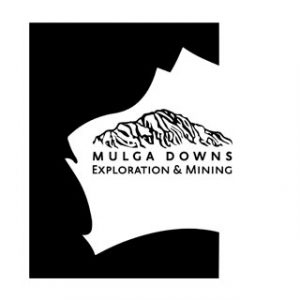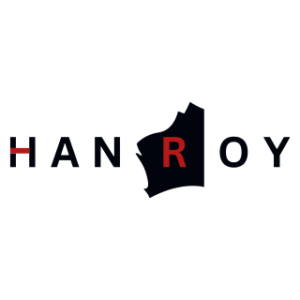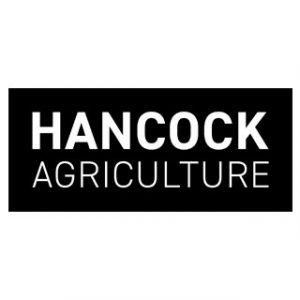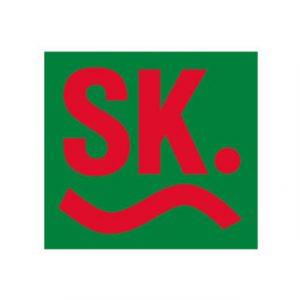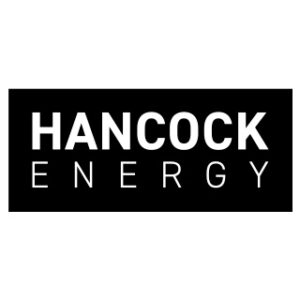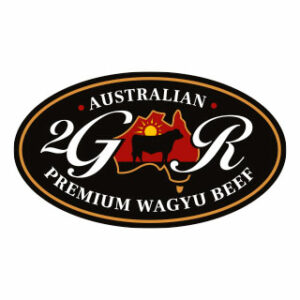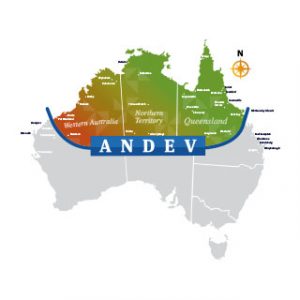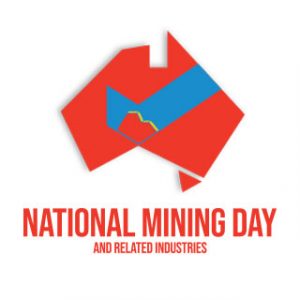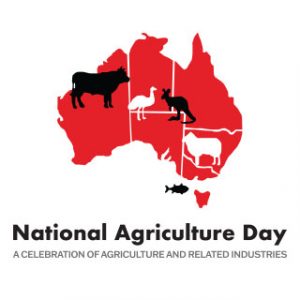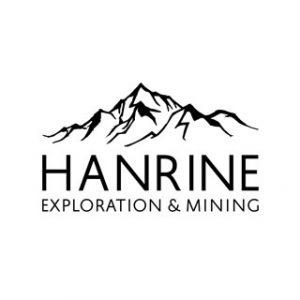
Article by James Pearson, courtesy of the West Australian.
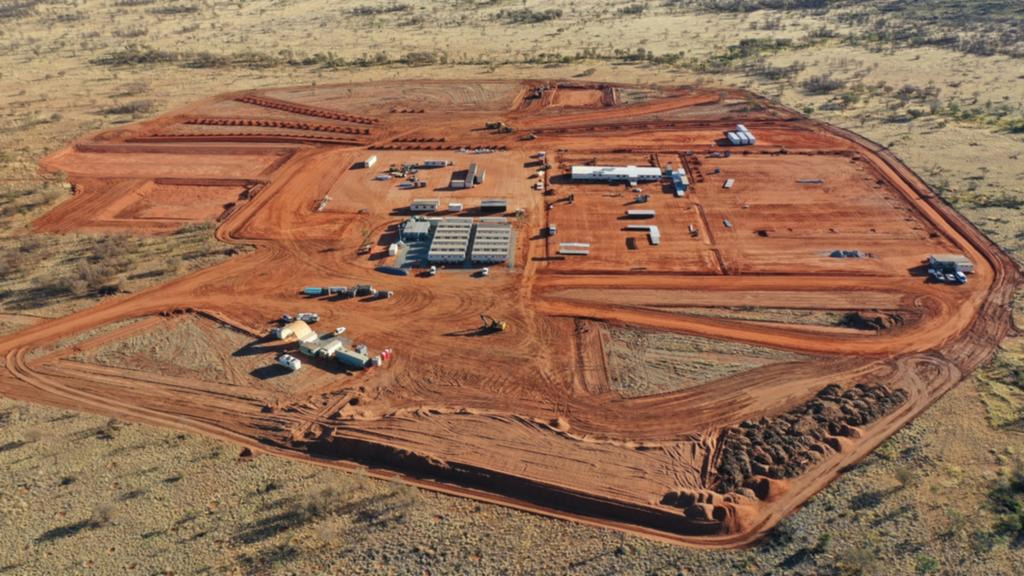
With fresh cash now firmly parked in the bank after a $20 million capital raise at 16c per share, the Gina Rinehart-backed Arafura Rare Earths now says it has sufficient working capital to carry it through to the equity financing phase for its Nolans rare earth project in the Northern Territory.
And to bolster that financial momentum, the company recently also confirmed that a $1.55 billion debt package had been locked in.
With total capital expenditure for Nolans expected to reach $2.16 billion, the next phase – involving an estimated $750 million in equity to fill the gap – is expected before Christmas and will be one of the biggest capital raises for an ASX-listed company in 2024. The quantum of the eye-watering equity component, when completed, is likely to be more than two-times the company’s current market capitalisation of $372 million and represents 30 per cent of the final expected capital expenditure for the construction and commissioning of its mine and refinery.
Rinehart’s Hancock Prospecting, Arafura’s biggest shareholder with a 10 per cent slice, will be expected to chip in on the final capital push given its taste for critical metal projects and having also invested in the western world’s biggest rare earths player, Lynas Rare Earths.
Given the price weakness in the past 18 months of the Chinese-dominated market for neodymium-praseodymium (NdPr) oxide, Arafura’s primary metal, it is all the more impressive that the company’s plans are still attracting substantial attention.
Rinehart’s strong backing has in part been an influence on investors, who view the canny businesswoman’s eye for profitable projects as a good guideline for themselves. But credit must also go to the company for keeping its project moving forward and for recently tying up the 12-year, $1.55 billion debt funding package that includes $420 million in contingency and standby liquidity subordinated debt from governments and banks spanning as far and wide as Asia, Europe, North America and Australia.
Total funding requirements for the project to first production now stand at US$1.46 (AU$2.16) billion, which is 30 per cent higher than originally forecast in the company’s 2019 definitive feasibility study (DFS). However, that cost rise is hardly surprising given the elevated inflation rate post-COVID.
Cuzzubbo says the company is now focused on making a final investment decision (FID) on the Nolans project that sits 135km north of Alice Springs.
As part of the debt funding conditions, Arafura must complete offtake agreements with counterparties to cover a required minimum 80 per cent of nameplate production, which is expected to eventually reach 4400 tonnes per annum. Once the offtakes are in place and the debt is secured, the company can then embark on the final capital raising.
The completion of the equity component of the financing will then fire the starting gun for the FID that is expected sometime before the end of the year.
To add icing to the cake, a preliminary study by Arafura on phase two of the Nolans project has shown the potential for increasing production capacity by up to 150 per cent. That would support the growing global demand for rare earths, especially as the world moves toward decarbonisation.
It could also turn Nolans into a major hub for rare earths processing in Australia.
While Arafura seems to be making the headlines for all the right reasons, others have hit rockier ground in recent times.
First, Lynas reported a drop in quarterly revenue in June due to falling rare earth prices. But it was perhaps Iluka Resources which voiced the loudest concern for the current market prices, with chief executive officer Tom O’Leary blaming Chinese market manipulation for the delay in its negotiations with the Australian Government to bail them out of a $600 million cost overrun at its Eneabba rare earths refinery in Western Australia.
Rare earths projects are notoriously difficult to finance and get into production. With 85 per cent of rare earths production in Chinese hands, it is not uncommon for highly-volatile price conditions to dictate the fortunes of hopeful producers.
However, in Arafura’s case, the debt funders and investors appear to be looking past the current weakness and are giving the green light to what could become a hugely-important source of critical metals outside of China.



